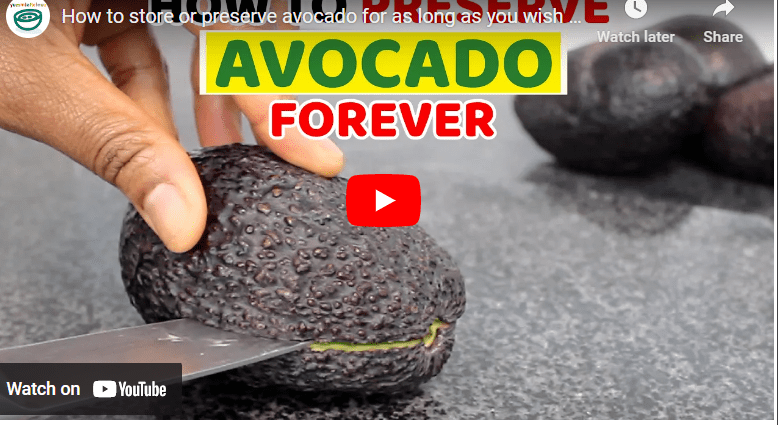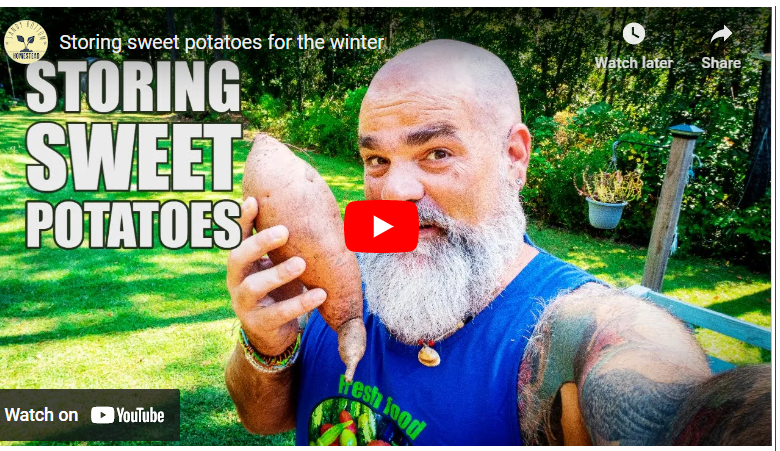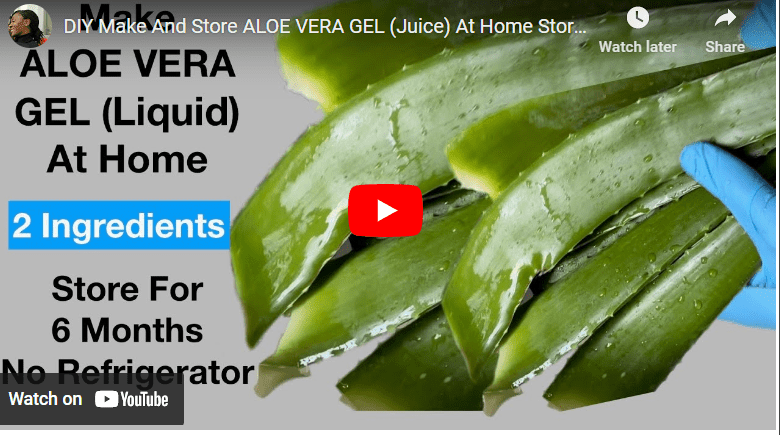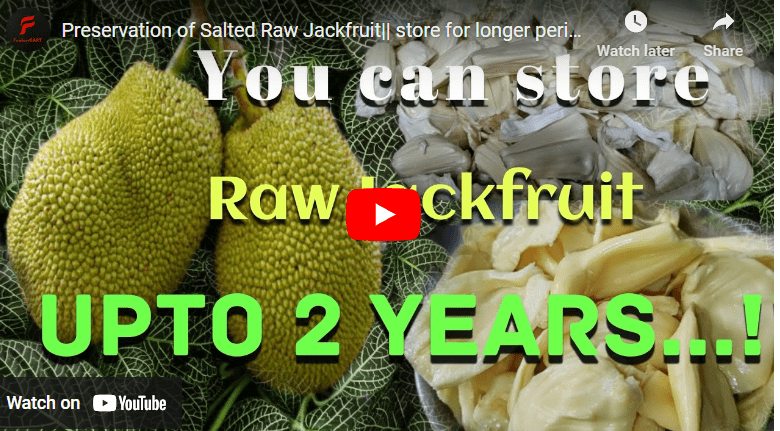Avocados are a versatile and nutritious fruit that can be enjoyed in a variety of ways. However, they have a relatively short shelf life and can quickly become overripe and inedible.
This can be frustrating for those who love avocados and want to have them on hand year-round. Fortunately, there are several methods for preserving avocados that can extend their shelf life and ensure that they stay fresh and delicious for longer periods.
If you are looking for a way to preserve avocados for long-term storage, one option is to freeze them. To do this, peel the avocado, remove the pit and mash the flesh into a puree. Place the puree in an airtight container and store in the freezer for up to three months. Another option is to seal the avocado in an airtight container and store it in the refrigerator for up to a week. For best results, use the avocado within two days of storage.
In this article, we will explore some of the best ways to preserve avocados for long-term storage and provide tips for using them in recipes.
How To Preserve Avocado For Long Time Storage
Avocado is a fruit with a creamy texture and a mild, nutty flavor. It is a rich source of healthy fats, vitamins, and minerals, and can be used in a variety of dishes, including salads, sandwiches, dips, and smoothies.
Considering the uses and importance of avocado, it is important to preserve any excess that you may have. Here are some important methods through which you can preserve avocados for long time storage.
Read Also: How To Preserve Aloe Vera For Long-Time Storage
Method 1: Refrigeration
Refrigerating avocados is one of the easiest and most popular ways to extend their shelf life. Here is a step-by-step guide on how to refrigerate avocados:
Choose ripe or unripe avocados: You can refrigerate both ripe and unripe avocados. If you have ripe avocados that you want to preserve, refrigerate them as soon as possible to slow down the ripening process.
Wrap the avocados: Wrap each avocado tightly in plastic wrap or aluminum foil. This will help prevent the avocados from coming into contact with air, which can cause them to spoil faster.
Read Also: How To Preserve Apple for Long-Time Storage
Store in the fridge: Place the wrapped avocados in the refrigerator, ideally in the crisper drawer. The cool temperature will slow down the ripening process and extend the avocados’ shelf life.
Check for ripeness: Check the avocados regularly to see if they have ripened. If you have stored unripe avocados in the fridge, take them out a day or two before you plan to eat them so they can ripen at room temperature.
Advantages of Refrigerating Avocados:
Easy and convenient: Refrigerating avocados is a simple and easy method of preservation that requires minimal effort.
Prolongs shelf life: Refrigeration can help prolong the shelf life of avocados by several days, giving you more time to use them.
Read Also: How to Preserve Cocoa for Long Time Storage
Keeps avocados fresh: By slowing down the ripening process, refrigeration can help keep avocados fresh and prevent them from spoiling.
Reduces food waste: By preserving avocados, you can reduce food waste and save money in the long run.
Disadvantages of Refrigerating Avocados:
Can affect flavor and texture: Refrigeration can affect the flavor and texture of avocados, making them less creamy and nutty.
May cause discoloration: Refrigeration can cause avocados to turn brown or gray on the inside, which may not look appetizing.
Read Also: How To Preserve Beans For Long Time Storage
Takes up fridge space: Storing avocados in the fridge can take up valuable fridge space, which may be an issue if you have limited space.
Note that this method is not suitable for all avocado types. Some avocado varieties may not be suitable for refrigeration, as they may become mushy or discolored. It’s best to research the specific type of avocado you have before refrigerating it.
Method 2: Freezing
Freezing avocados is another effective method for preserving them for long-term storage. Below is a guide that outlines the process of freezing avocados in a step-by-step manner:
Step 1: Choose ripe avocados
Freezing is best for ripe avocados, as they will freeze and thaw better than unripe ones.
Step 2: Cut the avocados
Slice the avocados in half vertically and take out the seed.You can also peel the skin off if you prefer.
Step 3: Coat with lemon or lime juice
Brush the flesh of the avocado with lemon or lime juice. Taking this step can stop the occurrence of discoloration and browning.
Read Also: How To Preserve Cabbage For Long Storage
Step 4: Wrap and freeze
Wrap each avocado half tightly in plastic wrap or aluminum foil, making sure to remove as much air as possible. Place the wrapped avocados in a freezer-safe bag or container and freeze for up to six months.
Advantages of Freezing Avocados
- Extends shelf life: Freezing can extend the shelf life of avocados for several months, making it a great method for long-term storage.
- Convenient: Frozen avocados can be thawed and used in a variety of recipes, making them a convenient ingredient to have on hand.
- Preserves nutrients: Freezing can help preserve the nutrients in avocados, ensuring that you still get the health benefits even after they’ve been frozen.
- Versatile: Frozen avocados can be used in a variety of dishes, such as smoothies, dips, and spreads.
Disadvantages of Freezing Avocados
- Can affect texture: Freezing can affect the texture of avocados, making them mushy or watery once thawed.
- May affect flavor: Freezing can also affect the flavor of avocados, making them less flavorful than fresh avocados.
- Takes up freezer space: Storing frozen avocados can take up valuable freezer space, which may be an issue if you have limited space.
- Not suitable for all avocado types: Some avocado varieties may not freeze well, so it’s best to research the specific type of avocado you have before freezing it.
Method: 3 Dehydrating
Dehydrating avocados is another method for preserving them, and it’s a great option if you want to create a shelf-stable snack. Here is a step-by-step guide on how to dehydrate avocados:
Step 1: Choose Ripe Avocados
Like with other preservation methods, it’s best to use ripe avocados for dehydrating.
Read Also: How To Preserve Carrot For Long Time Storage
Step 2: Cut The Avocados
Divide the avocados into two equal parts lengthwise and get rid of the pit. You can also peel the skin off if you prefer.
Step 3: Slice The Avocados
Slice the avocado halves into thin, even slices.
Step 4: Coat With Lemon Or Lime Juice
Brush the slices with lemon or lime juice to prevent browning.
Step 5: Place On Dehydrator Trays
Arrange the avocado slices on dehydrator trays in a single layer, making sure that they don’t touch.
Step 6: Dehydrate
Set your dehydrator to 125°F and dehydrate the avocado slices for 8-10 hours, or until they are dry and crispy.
Advantages of Dehydrating Avocados
- Shelf-stable: Dehydrated avocados are shelf-stable, meaning they can be stored for longer periods of time without refrigeration.
- Portable snack: Dehydrated avocados make a great on-the-go snack, as they are lightweight and easy to pack.
- Concentrated flavor: Dehydrating avocados can intensify their flavor, making them even more delicious.
- Versatile: Dehydrated avocado slices can be used in a variety of dishes, such as salads or as a topping for soups.
Disadvantages of Dehydrating Avocados
- Time-consuming: Dehydrating avocados can take several hours, so it’s not a quick method for preserving them.
- Requires special equipment: You will need a dehydrator to properly dehydrate avocados, which can be an expensive investment.
- Can be tough to slice: Avocado can be tough to slice thinly and evenly, which can make the dehydration process challenging.
- Can affect texture: Dehydrating avocados can affect their texture, making them dry and crispy rather than creamy and smooth.
Method 4: Pickling
Pickling avocados is an unusual but effective way to preserve them. Pickled avocados can be a tasty addition to sandwiches or salads, and they can also be enjoyed on their own. Here’s a step-by-step guide on how to pickle avocados:
Step. 1 Choose ripe avocados
As with other preservation methods, it’s best to use ripe avocados for pickling.
Step. 2 Cut the avocados
Cut the avocados down the middle and extract the stone. Then, slice the avocado halves into thin wedges.
Step. 3 Prepare the brine
In a saucepan, combine 1 cup of water, 1 cup of vinegar, 1 tablespoon of sugar, and 1 teaspoon of salt. Please rephrase the following statement: Apply medium heat to the mixture until the sugar and salt have fully dissolved.
Step. 5 Add flavorings
You can add various flavorings to the brine, such as garlic, dill, or chili flakes. Add these to the brine once it’s heated and let it simmer for a few minutes.
Step. 6 Pack the jars
Pack the sliced avocados into clean jars and pour the brine over them, making sure that the avocado is fully covered.
Step. 7 Refrigerate
Seal the jars and refrigerate them for at least 24 hours before eating.
Advantages of Pickling Avocados
- Unique flavor: Pickled avocados have a unique, tangy flavor that can be a nice change from the usual taste of avocados.
- Versatile: Pickled avocado wedges can be used in a variety of dishes, such as sandwiches, salads, or even tacos.
- Longer shelf life: Pickled avocados can last for several weeks in the refrigerator, making them a good option for long-term storage.
- Easy to make: Pickling avocados is a relatively easy process that doesn’t require any special equipment.
Disadvantages of Pickling Avocados
- Texture can change: Pickling can change the texture of avocados, making them slightly softer and less firm.
- May not appeal to everyone: The tangy flavor of pickled avocados may not be appealing to everyone’s taste buds.
- Limited uses: Pickled avocados may not be as versatile as other preservation methods, as their tangy flavor may not work in all dishes.
- Acidic content: Pickled avocados are high in acidic content, so they may not be suitable for people with sensitive stomachs or acid reflux.
Factors That Affect Avocado Shelf Life
When it comes to preserving avocados, it’s important to understand the various factors that can affect their shelf life. Some of the factors that can affect avocado shelf life include:
- Ripeness: The ripeness of the avocado when you begin the preservation process will impact how long it can be preserved.
- Temperature: Temperature is a critical factor in avocado preservation. Avocados should be stored in a cool, dry place to help extend their shelf life.
- Humidity: Avocados are sensitive to humidity, so it’s important to store them in a low humidity environment.
- Handling: How you handle avocados can also impact their shelf life. Avoid dropping or bruising avocados, as this can cause them to spoil more quickly.
Tips for Using Preserved Avocado
Now that you’ve successfully preserved your avocados, you may be wondering what the best ways to use them are. Here are some tips for using preserved avocado:
Thaw Frozen Avocados Properly
If you’ve frozen your avocados, make sure to thaw them properly before using them. Simply transfer them from the freezer to the refrigerator and let them thaw overnight.
Use Pickled Avocado As A Garnish
Pickled avocado can be a tasty addition to salads, sandwiches, and tacos. Consider using them as a garnish for your favorite dishes.
Incorporate Dehydrated Avocado Into Recipes
Dehydrated avocado can be added to recipes that call for dried fruit or nuts, such as granola or trail mix.
Experiment With Recipes
Don’t be afraid to experiment with recipes that use preserved avocados. Try incorporating them into dips, spreads, or even smoothies.
Use Preserved Avocado Within Recommended Timeframes
Each preservation method has its own recommended timeframe for use. Make sure to use your preserved avocados within those timeframes to ensure freshness and quality.
How To Store Avocados Long Term
Storing avocados for the long term requires taking the necessary steps to slow down the ripening process. Here are some tips on how to store avocados for the long term:
- Choose the right avocado: If you’re planning to store avocados for the long term, it’s best to choose avocados that are still unripe. You will have additional time to collaborate with them.
- Store at room temperature: Avocados should be stored at room temperature until they are ripe. When they become ripe, it is possible to transfer them to the refrigerator.
- Store in a paper bag: Placing avocados in a paper bag can help trap the ethylene gas they produce, which can help to ripen them more slowly.
- Check regularly: Check your avocados regularly to see if they are ripening too quickly. If they are, consider transferring them to the refrigerator to slow down the ripening process.
How To Store Avocados After Cut
If you’ve cut into an avocado and only used part of it, you may be wondering how to store the rest of the avocado. Here are some tips on how to store avocados after they have been cut:
- Leave the pit in: Leaving the pit in the avocado can help to slow down the oxidation process, which can cause the avocado to turn brown.
- Wrap in plastic: Wrapping the cut avocado in plastic can help to prevent air from reaching it and causing it to turn brown.
- Refrigerate: Refrigerating the cut avocado can also help to slow down the oxidation process and keep it fresher for longer.
- Use lemon juice: Squeezing some lemon juice onto the cut avocado can also help to slow down the oxidation process and prevent it from turning brown.
How To Preserve Avocado For Months
If you want to preserve avocados for several months, you can do so using several methods, including refrigeration, freezing, dehydrating, and pickling. Here are some general tips for preserving avocados for months:
- Choose the right avocado: Make sure to choose avocados that are ripe but not overripe. Overripe avocados may not preserve as well.
- Clean and dry: Make sure to clean and dry the avocados thoroughly before preserving them.
- Follow preservation method instructions: Whether you’re refrigerating, freezing, dehydrating, or pickling avocados, make sure to follow the instructions carefully to ensure proper preservation.
- Store properly: Store the preserved avocados properly according to the preservation method used.
How To Keep Avocados From Ripening
If you want to keep your avocados from ripening too quickly, there are a few things you can do. First, store them in the refrigerator, which will slow down the ripening process.
You can also place them in a brown paper bag with an apple or banana, which will release ethylene gas and speed up the ripening process.
Alternatively, you can store avocados in an airtight container with a piece of onion or lemon to slow down the ripening process.
Preserving Avocados In Water
Another method for preserving avocados is to store them in water. This method involves placing the avocado in a container filled with water, then storing it in the refrigerator.
The water will help to prevent the avocado from browning, but it may also affect the flavor and texture of the fruit. It is recommended to only use this method if you plan to use the avocado in a smoothie or other blended recipe.
How Long Can You Store Cut Avocado In The Fridge
If you have already cut into an avocado and only used a portion of it, you can store the remaining portion in the fridge.
The key to keeping the avocado fresh is to prevent it from browning. To do this, place the cut avocado in an airtight container or wrap it tightly in plastic wrap.
You can also brush the cut surface with lemon or lime juice to slow down the browning process.
Cut avocados can last in the fridge for 2-3 days, but it is best to use them as soon as possible to prevent spoilage.
If you want to extend the shelf life of cut avocados, you can also freeze them. Simply place the cut avocado in an airtight container or freezer bag and store in the freezer for up to 6 months.
Thawed avocado may not have the same texture as fresh avocado, but it can still be used in recipes such as guacamole or smoothies
Conclusion
By utilizing the methods outlined in this article, you can preserve avocados and enjoy them long after their normal shelf life. Whether you choose to refrigerate, freeze, dehydrate, or pickle your avocados, you’ll be able to enjoy this nutrient-dense fruit in a variety of ways throughout the year.




